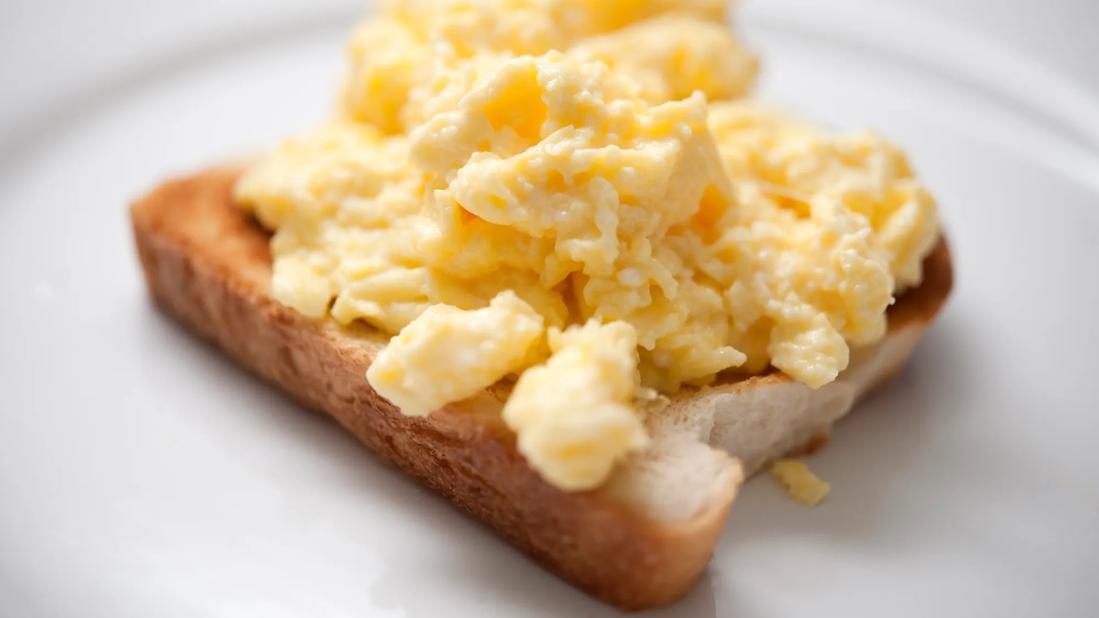What Can You Eat After a Colonoscopy?
Aim for soft, bland foods and extra hydration in the first 24 hours after the procedure

Mealtime choices typically change before a colonoscopy as you adjust what you eat to empty your bowels. In fact, the day ahead of the procedure, you’ll be limited to a clear liquid diet. (Bring on the broth!)
Given those diet restrictions as part of your colonoscopy prep, it’s safe to say that you may feel a bit hungry by the time your intestinal examination is complete.
So, what can you eat in the hours after a colonoscopy to quiet your growling stomach? Let’s set a post-procedure menu with the help of gastroenterology nurse practitioner Bryn DeSantis, CNP.
Foods to eat after a colonoscopy
The general rule of thumb is to eat lightly in the hours after a colonoscopy, with a focus on soft and bland foods, says DeSantis. She compares it to how you might eat if you’re battling a stomach bug.
The idea is to take it easy on your gastrointestinal system with easy-to-digest foods during that first day. The list of edible options could include:
- Softer fruit (such as canned peaches or bananas)
- Applesauce
- White toast or bread
- White rice
- Mashed potatoes
- Cooked vegetables (so they’re softer)
- Plain scrambled eggs (meaning no omelet throw-ins like cheese and peppers)
- Soup or broth
- Yogurt with gut-healthy probiotics
- Baked or grilled chicken
- White fish (like cod, halibut and tilapia)
- Saltine crackers
- Lactose-free nutrition shakes such as Ensure® or Boost®
“These are all foods that are going to be better tolerated by your system when you get home after the colonoscopy,” emphasizes DeSantis. “Go with smaller portions as you ease back into eating, too.”
Increasing fluid intake is also important, as the colonoscopy process may lead to mild dehydration. “Push liquids more than usual for the first 24 hours after the procedure,” she adds.
Options could include:
- Water
- Herbal tea
- Fruit juice
- Non-red electrolyte drinks
Foods to avoid after a colonoscopy
As you might expect, the list of foods to avoid when you return home after a colonoscopy is much longer. DeSantis explains that it’s best NOT to fill your plate with foods that are slower and more difficult to digest.
The list includes:
- Red meat (like beef and pork)
- Raw vegetables and salad
- Corn
- Fruit where you eat the skin (such as whole apples, pears and grapes)
- Dried fruit
- Milk, ice cream and similar dairy products
- Nuts and seeds
- Whole-grain products
- Brown rice
- Spicy or heavily seasoned dishes
- High-fat foods
- Fried foods
While you’re rehydrating, it’s best to avoid drinks with alcohol and caffeine given their diuretic powers. (In other words, they make you pee more — making it more of a challenge to reverse dehydration.)
In addition, alcohol thins the blood and can increase your risk of bleeding if any polyps were removed during your procedure, explains DeSantis.
Try to stay away from carbonated drinks, too. The reason? You may be gassy after a colonoscopy given that air gets pumped into your colon to inflate it during the procedure. Fizzy drinks can make that worse.
So, what happens if you eat something you probably shouldn’t? “You may feel nauseous or throw up,” cautions DeSantis. “Extra gas, diarrhea or intestinal cramping are also possible.”
When can you return to regular eating habits?
Now the good news: Most people can return to their regular meal choices the day after their colonoscopy. “In general, you should be able to eat like you normally do within 24 hours,” says DeSantis.
If you had many polyps removed during your colonoscopy, you may be put on a more restrictive diet for a few days. Your healthcare provider will offer guidance.
Bottom line? “‘Easy-does-it’ would be the best advice when it comes to eating after a colonoscopy,” says DeSantis. “Just give your system a day to reset. After that, the full menu should be open to you. In fact, that is the perfect time to start a gut-healthy high-fiber, high-fluid diet.”